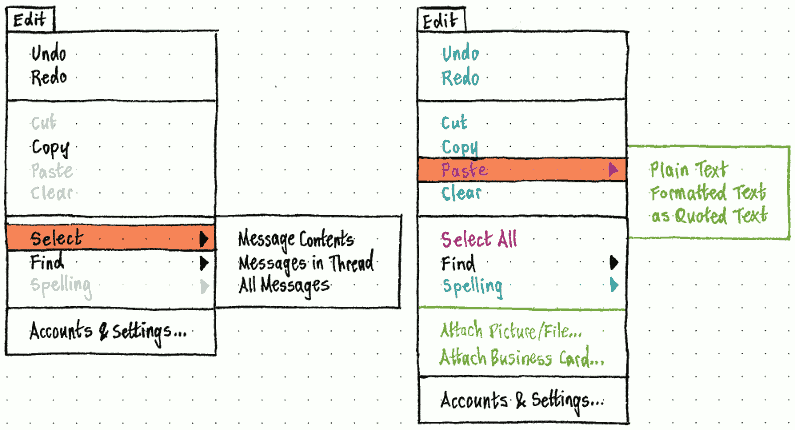

To learn more, check out Introduction to Docker containers.
Menubar stats 2 ubuntu archive#
You can also archive different versions of your app using containers and keep them running as a safety fallback if needed. You can prepare a new container with all of your updates, set up the container for production, and just point to the new container once it's ready. Rather than needing to take down an entire system for updates or maintenance, each container (and it's specific microservices) can be replaced on the fly. This enables multiple versions of your app container to be created at different times. This allows the app package to only require parts not already on the host computer, reducing the package size and improving performance.Ĭontinuous availability, using Docker containers with tools like Kubernetes, is another reason for the popularity of containers.

Instead, Docker enables the app to use the same Linux kernel as the system that it's running on. This permits developers to focus on writing code without worrying about the system that code will be run on.ĭocker containers are similar to virtual machines, but don't create an entire virtual operating system. Using a container ensures that the app will run the same regardless of any customized settings or previously installed libraries on the computer running it that could differ from the machine that was used to write and test the app's code. Containers enable developers to package an app with all of the parts it needs (libraries, frameworks, dependencies, etc) and ship it all out as one package. Overview of Docker containersĭocker is a tool used to create, deploy, and run applications using containers.
Menubar stats 2 ubuntu install#
If you need to run simultaneous containers or just prefer to install a container engine directly in your Linux distribution, follow the Linux installation instructions for that container service, such as Install Docker Engine on Ubuntu or Install Podman for running Linux containers. To run Linux and Windows containers simultaneously, you would need to install and run a separate Docker instance in WSL. However, while Docker Desktop supports running both Linux and Windows containers, you can not run both simultaneously.
Menubar stats 2 ubuntu manual#
Note: this picture is found on the manual which is where I'll suggest you go.We recommend using Docker Desktop due to it's integration with Windows and Windows Subsystem for Linux. ( Volume control options also appear in the menu I've pasted, as that's where my mouse was near)Ī " Configure Panel" window opens, where you can use drop-downs to select which display, position on display etc, but once you've positioned it, decided if you'll reserve space for it, set colors/background, size etc, you can move to the Widgets tab and add the items you want there. You'll get a new menu offering numerous items including To add another panel, move mouse over an existing panel and right-click ( in an unused area - this is the tricky bit if you hover an item, the right-click will be interpreted as being for that item and not the panel itself).

Refer to the Lubuntu manual for clues on using the Panel ( link I used is for the LTS or 20.04 release).

I do it ( I have panel at bottom, at side on one monitor, panel at top & other side on other monitor as it suits my setup which is atypical). It doesn't matter how many displays/monitor you have and you can have multiple panels on each. You can have as many panels as you want, each can have it's own menu, quick launch bar (for app fast launchers) & more.


 0 kommentar(er)
0 kommentar(er)
